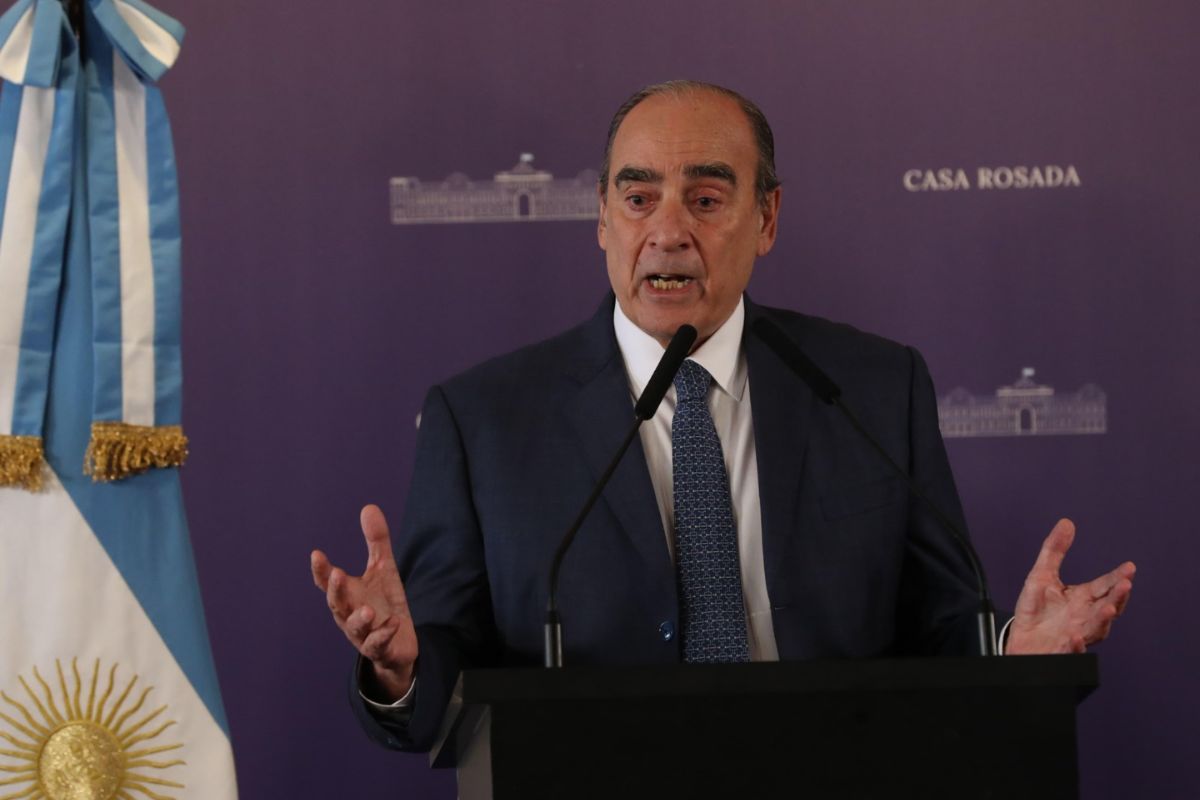Athens, Jan 3 (EFE).- Greek Prime Minister Kyriakos Mitsotakis took advantage of the return of ten fragments to the Acropolis Museum on Monday, where they are now on display at the National Archaeological Museum. to send an echoing message asking for the return of all the statues in the Parthenon.
“The reunification of the Parthenon Statues is not a matter of distance because, whether they are here in Athens or in other parts of the world, their destination can only be the Holy Stone (Acropolis) and this great museum¨, Mitsotakis pointed out of the Parthenon Room.
The Prime Minister stressed that the return of the pieces found in the British Museum “is a request from UNESCO and the request of a large part of public opinion in the UK as well.”
Mitsotakis added that this is a question “privately understood by British Prime Minister Boris Johnson”, with whom he exchanged views at their recent meeting.
Regarding Johnson, he stressed: “Having accepted classical studies myself and being an ancient Greek amateur, I am confident that he will not stand in the way of possible future deals, removing possible political barriers.”
“If necessary,” Mitsotakis concluded of Johnson’s tendencies, “modify the British law on museums to facilitate the reunification of the Parthenon.”
The ten fragments installed today along with the rest of the pieces, hitherto housed in the National Archaeological Museum in Athens, are of Friesian origin, the metopes and pediments of the Parthenon.
One of them, the top of the young head, connected with the figure of the second left overseer of the Panathenaic procession, is represented in stone VII of the eastern decoration and it is the only original stone fragment in the Acropolis Museum. because the rest is in the Louvre Museum, in Paris.
Greece’s Minister of Culture, Lina Mendoni, who was present at the event, stressed that the return of these pieces was not only symbolic, but also “very important”, as part of Greece’s struggle for the repatriation of all Parthenon statues.
In the early 19th century, marbles traveled to England when the British ambassador to the Ottoman Empire, Thomas Bruce, better known as Lord Elgin, who professed himself to be a lover of antiquities, got permission from the Sultan to take part. Parthenon metope and interior decoration.
He sold it to his Government for £35,000 and since 1939 this gem has been on display at the British Museum, while the Acropolis Museum only exhibits a copy. EFE
jsr / ih / acm
© EFE 2022. Redistribution and redistribution of all or part of the content of the EFE service is expressly prohibited, without the prior and express approval of the EFE SA Agency.

“Problem solver. Proud twitter specialist. Travel aficionado. Introvert. Coffee trailblazer. Professional zombie ninja. Extreme gamer.”






